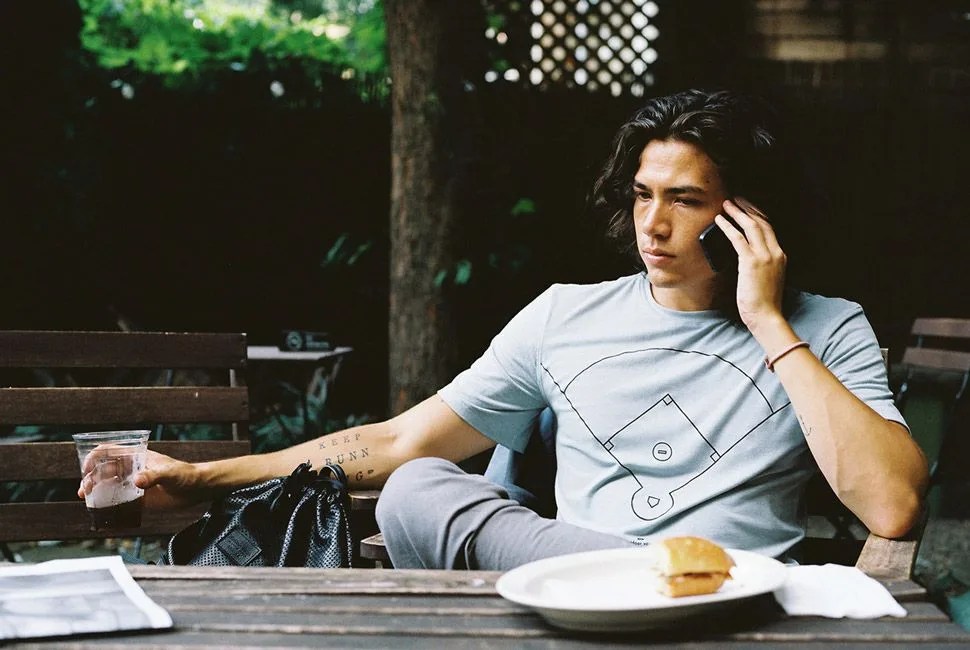“I very much hate the term ‘athleisure’,” said Tyler Haney, founder of Outdoor Voices, an activewear clothing brand that describes its audience as people who are athletic, but who don’t feel the need to dress head to toe in Nike performance gear. “Our clothes are meant to be sweat into. We aren’t a ‘to and from’ kind of brand.”
The “to and from” idea Haney speaks of is one of the roots of athleisure, a trend that represents clothes with style, but that can be worn to and from the gym as easily as to and from the office. Living in the vast space in the middle of your closet — between tailored work outfits, stiff denim and formal evening wear at one end, and loose cotton shirts, nylon shorts and thick sweatpants at the other — athleisure is the unlikely, and extremely popular, marriage of two opposites.
The bubble of style brands producing athletic-minded clothing may be on the verge of bursting. A wide range of brands are attempting to figure out what happens next.
It’s also a term all at once embraced and denied by the fashion industry, depending on whom you ask. This is because, after strolling down the runway at fashion shows in 2014 and early 2015, it seems that the bubble of style brands producing athletic-minded clothing may be on the verge of bursting. A wide range of brands are attempting to figure out what happens next.
Athleisure reached its breathable climax in 2014 with Alexander Wang’s collaboration with H&M. But at its core, the trend has sturdy origins that have been around much longer and that grow from the current renaissance of health. Increasingly today, twenty- and thirtysomethings, armed with more information about sustainability and personal health, and a surge of yoga classes, juice cleanses and hashtagging of dad bods, have both a desire to be healthy and, sometimes even more so, to look healthy.
For the year ending in October of 2014, the market-research company NDP Group reported that active-wear grew eight percent over the previous year, while the sale of tailored pants and jeans dropped. In response, big retailers, for whom denim is the bread and butter, have adjusted by carrying smaller brands that specialize in stylized activewear.

